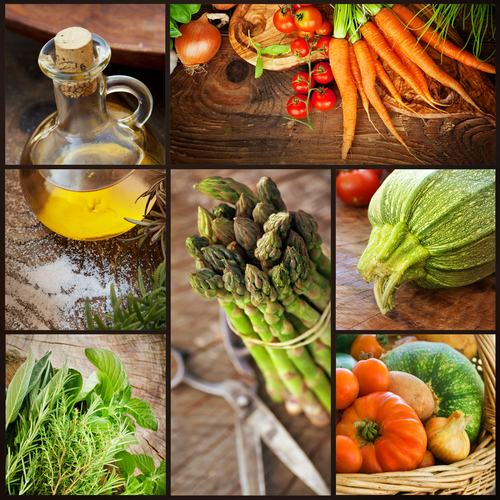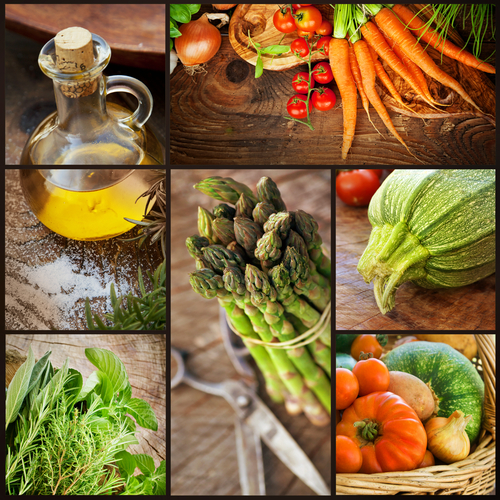 This year, World Health Day focuses on high blood pressure, one of the many chronic diseases that are increasingly common around the world.
This year, World Health Day focuses on high blood pressure, one of the many chronic diseases that are increasingly common around the world.
 This year, World Health Day focuses on high blood pressure, one of the many chronic diseases that are increasingly common around the world. The World Health Organization (WHO) reports that one third of adults worldwide have high blood pressure, and one in ten adults worldwide have diabetes. These diseases are already well known in the United States, where high blood pressure affects 31 percent of American adults. However, the highest levels of hypertension now occur in many African countries, where more than 40 percent of adults are affected, but where the money and infrastructure needed for treatment are most lacking.
This year, World Health Day focuses on high blood pressure, one of the many chronic diseases that are increasingly common around the world. The World Health Organization (WHO) reports that one third of adults worldwide have high blood pressure, and one in ten adults worldwide have diabetes. These diseases are already well known in the United States, where high blood pressure affects 31 percent of American adults. However, the highest levels of hypertension now occur in many African countries, where more than 40 percent of adults are affected, but where the money and infrastructure needed for treatment are most lacking.
1. Eat more vegetables and fruits
Less than one in three Americans meets the minimum goal of eating two servings of fruit and three servings of vegetables each day, as recommended by the United States Department of Agriculture (USDA). However, eating less than the USDA’s ideal recommendation of three-to-four servings of fruit and four-to-six servings of vegetables every day, can result in getting 80 percent fewer nutrients than are needed to maintain a healthy diet. The USDA also reports that failing to meet these guidelines increases the risk of heart attack, stroke, obesity, and some cancers. The Organic Center recommends choosing items that are high in nutrients but low in calories. Strawberries and romaine lettuce are two nutrient dense fruits and vegetables. Oranges, green bell peppers, and boiled cabbage and carrots are also great options.
2. Strengthen soil with intercropping, agroforestry, and cover crops
Many essential nutrients come from the soil, making soil health critical to producing nutritious food. Intercropping with legumes, including alfalfa or peas, helps return nitrogen to the soil and support healthy plant growth. Using cover crops, which can be ploughed into fields after harvest and return nutrients to the soil, is another strategy that helps increase the amount of nutrients in food. Planting trees on farms–or agroforestry–can also help keep nutrients and water in the soil. Ashoka research fellow Adam Tuller is helping farmers in Kenya plant fast-growing trees that regenerate soil and fertilize crops naturally, rather than requiring expensive fertilizer out of a bag.
3. Know your nutrients
Many don’t know that kale, sesame seeds, dried figs, salmon, and broccoli are excellent sources of calcium. Dark green, leafy vegetables are also rich in vitamin K, which is similar to vitamin D in the way it helps the human body make the most of the calcium in food. The Harvard School of Public Health website features a section called The Nutrition Source, which offers an easy to browse list of topics on specific nutrients in foods and the benefits of different products, such as coffee or fish oil.
4. Support family farmers
Small and medium scale family farm are more likely than big farms to produce nutrient rich crops, using practices that help keep nutrients in the soil. Family farmers also produce more more nutrient dense foods, including fruits and vegetables. The United Nations declared 2014 the International Year of the Family Farmer to honor and support these individuals. Buying food at farmers markets and joining a CSA can be good ways to support family farms and help build the local economy.
5. Choose whole grains
Whole grains are increasingly popular, but they still make up less than the recommended half of total grain use in the U.S. Whole grains are also valuable, low-cost sources of protein and fiber, and can help reduce the risk of heart disease, cancer, type-2 diabetes, and other diseases. Unfortunately, buying real whole grains can be confusing. When shopping, look for 100 percent whole wheat.
6. Eat out less
The Natural Resources Defense Council (NRDC) reports that some American restaurants serve portions up to eight times those recommended by the USDA and U.S. Food and Drug Administration. Not only does this encourage overeating, but restaurant and take-away food is generally less healthy than food prepared at home. Eating home cooked meals is an easy way to manage portion sizes and calories.
7. Buy and grow organic
The London School of Hygiene and Tropical Medicine found that organic fruits and vegetables repeatedly had equal or greater nutrient content than the same conventional produce. The Environmental Working Group publishes an annual Shopper’s Guide assessing which fruits and vegetables have the most pesticides. In 2012, apples, celery, and sweet bell peppers were in the top three; however, onions, sweet corn, and pineapples were among the safest foods to buy as conventional.
8. Choose grass-fed meat
Lean meat can contain many valuable nutrients that support a healthy diet. Grass-fed meat usually has less fat than conventional corn- and grain-fed meat products. The U.S. Mayo Clinic also reports that grass-fed meat has higher levels of omega-3 fatty acids, linoleic acid, and antioxidant vitamins, such as vitamin E. When choosing animal products, two of the best labels to look for are “organic” and “pasture-raised.”
9. Support indigenous, heritage, and heirloom
A study from the University of Texas, Austin found that the amount of nutrients in forty-three different food crops have significantly decreased since 1950. The researchers concluded that the most likely causes were changes in the plants themselves. Since 1950, agriculture has focused on crop yields, but as crops grow bigger and faster it is unrealistic to expect they will absorb and create nutrients at an equally faster rate. Heritage breeds of farm animals and heirloom plant varieties, which have not been bred for increased yields, have the potential to be much more nutritious. Many indigenous vegetables, especially in sub-Saharan Africa, are also highly nutritious and well suited to local growing conditions. The Christensen Fund, Slow Food International, and other organizations are working in biologically diverse regions around the world to reignite an interest in–and a taste for–indigenous vegetables.
There’s much that can be done to increase the nutritional quality of food, both at home and around the world. Food Tank will feature articles daily focused on the role of food and agriculture systems in improving global nutrition every day as a countdown to April 7th.
image: food/shutterstock









